Idrw Team
SOURCE: IDRW.ORG TEAM

In a significant development earlier this year, India’s Defence Acquisition Council (DAC), under the leadership of Defence Minister Rajnath Singh, approved the procurement of Mounted Gun Systems (MGS) for the Indian Army. This critical acquisition, sanctioned under the ‘Buy (Indian)’ category, includes the procurement of 155mm/52 caliber MGS. The Ministry of Defence (MoD) specified key criteria for the system, including a maximum weight of 30 tonnes, a firing range exceeding 38 kilometers, and compatibility with all in-service 155mm ammunition.
Two prominent Indian defense companies have entered the competition to provide the Mounted Gun Systems. Bharat Heavy Electricals Limited (BHEL) has put forth its 155mm/52 Caliber Mounted Gun System based on the Dhanush Artillery Gun. Additionally, Kalyani Group has developed a 155mm/52 Caliber Mounted Gun System rooted in the Advanced Towed Artillery Gun System (ATAGS). Both offerings are set to undergo rigorous evaluation by the Indian Army, which will ultimately determine the selected system.
Continue readingSOURCE: IDRW.ORG TEAM

In a strategic move aimed at bolstering India’s naval capabilities and reducing dependency on foreign suppliers, both state-owned enterprise Bharat Heavy Electricals Limited (BHEL) and the private sector giant Bharat Forge, in collaboration with the Indian Navy, are working on the development of indigenous Marine Gas Turbines (MGT).
This ambitious initiative seeks to localize the production of marine gas turbines, a critical component used to power Indian Naval warships. The primary objective is to mitigate reliance on foreign suppliers, particularly Ukraine and Russia, which have historically provided these turbines to the Indian Navy.
Continue readingSOURCE: IDRW.ORG TEAM
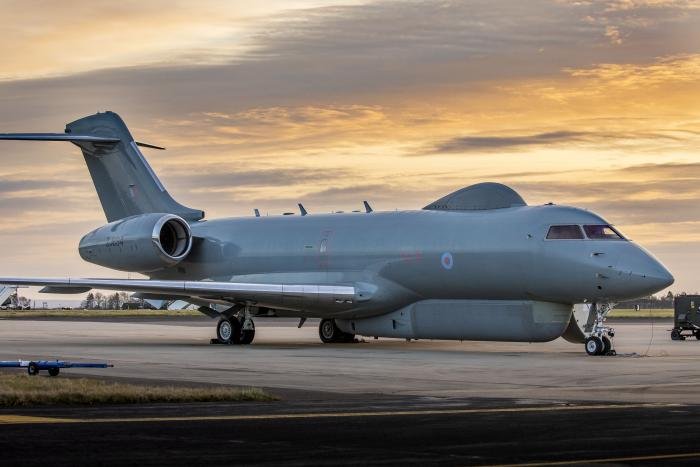
India is set to bolster its aerial surveillance capabilities by procuring three Bombardier Global 6000 private jets for conversion into advanced Intelligence, Surveillance, Targeting Acquisition, and Reconnaissance (ISTAR) platforms. These jets will be equipped with state-of-the-art sensor packages developed by India’s Defense Research and Development Organization (DRDO) to enhance the Indian Air Force’s (IAF) reconnaissance capabilities.
DRDO’s Center for Airborne Systems (CABS) laboratory will play a pivotal role in developing the sensors for these ISTAR platforms. The sensor package will include a Multispectral (EO-IR) Long-Range Oblique Photography (LOROP) sensor, a geo-spatial intelligence processing and exploitation suite, high data-rate line-of-sight (LOS) and Satcom data-links, an onboard mission communications suite, and artificial intelligence/machine learning (AI/ML) capabilities for image intelligence, automatic target recognition, change detection, and a Common Operational Picture (COP).
Continue readingSOURCE: IDRW.ORG TEAM
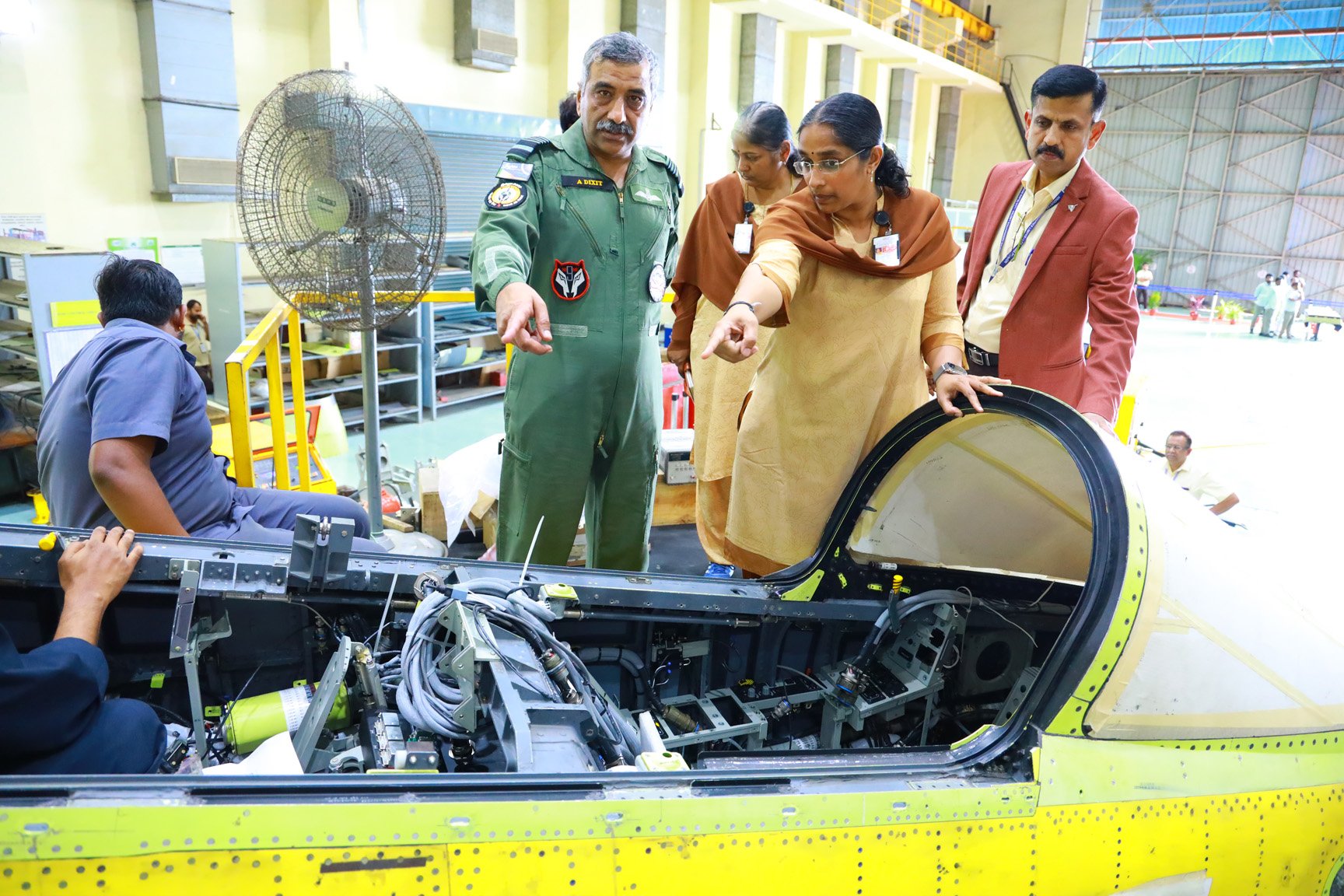
The Hindustan Aeronautics Limited (HAL) is making significant strides in the manufacturing of Light Combat Aircraft (LCA) Tejas trainer aircraft, These advanced trainer aircraft play a pivotal role in training the next generation of fighter pilots and enhancing the nation’s defense capabilities.
A significant milestone was achieved when LT 5201, the first-ever series production standard LCA Trainer, successfully completed its maiden flight on April 5th, 2023. HAL has completed the work on LT 5202, and a test flight is on the horizon.
Continue readingSOURCE: IDRW.ORG TEAM

The eagerly awaited 2nd edition of the Swavlamban seminar is set to showcase significant progress and remarkable achievements in niche technologies that are instrumental in reinforcing India’s self-reliance in the defence sector. With a specific focus on groundbreaking technologies like Carbon Nano Tubes and Aerogel-based fabrics, this seminar underscores the nation’s commitment to innovation and indigenous manufacturing. Let’s delve into the key highlights and objectives of this prestigious event.
Aatmanirbhar Bharat, India’s vision for self-reliance, particularly in the defence sector, is taking center stage at the Swavlamban Seminar 2023. This initiative aims to reduce dependency on foreign technology and promote the development and adoption of homegrown innovations. The event exemplifies India’s relentless pursuit of self-reliance and technological advancement in defence.
Continue readingSOURCE: IDRW.ORG TEAM
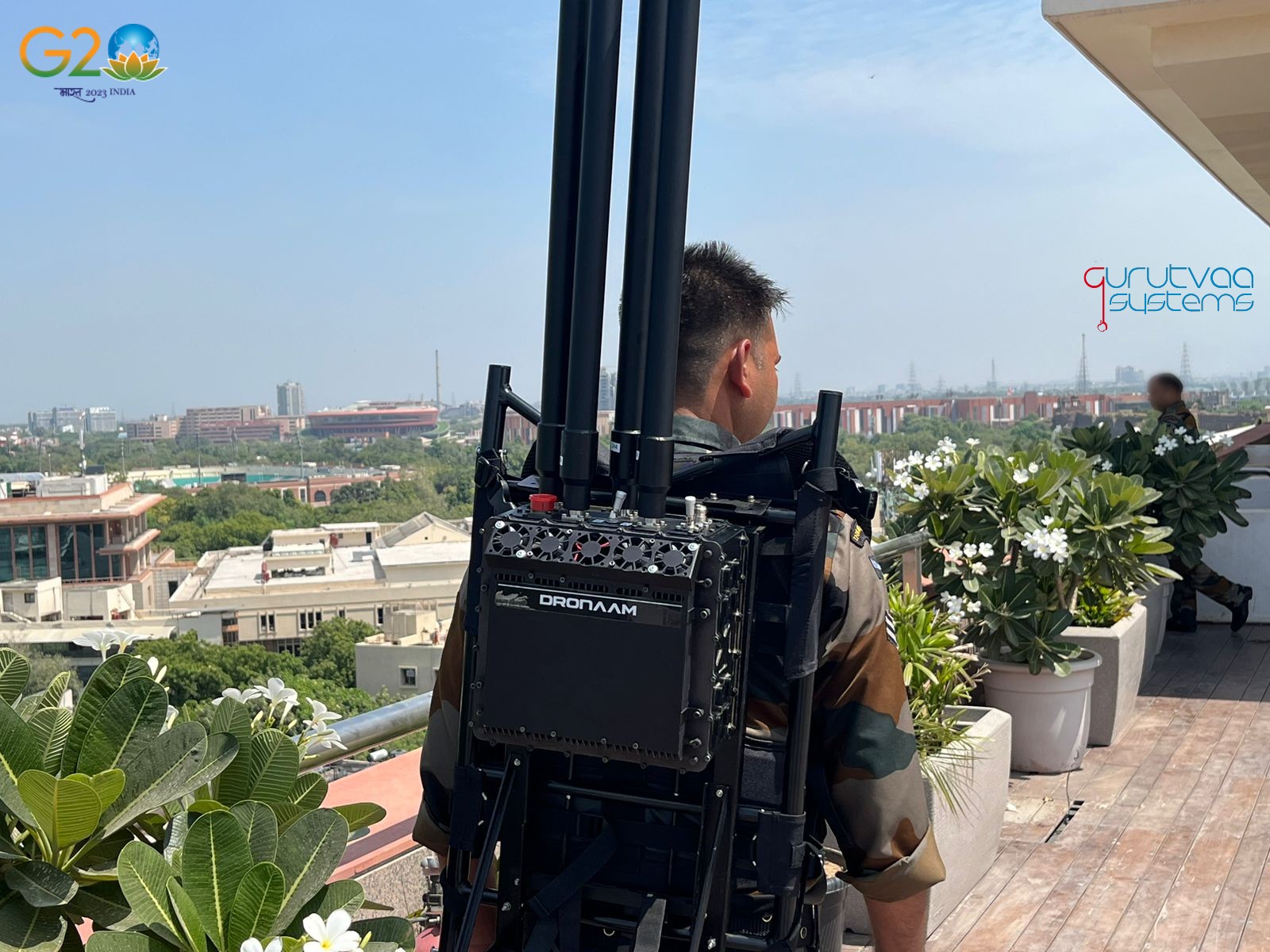
During the recent G20 summit, security measures were bolstered by the deployment of India’s indigenous counter-unmanned aerial system (C-UAS) known as Dronaam. Developed by the Indian private sector company Gurutvaa Systems, Dronaam played a vital role in providing security cover against rogue drones. This state-of-the-art system is designed to disrupt the navigation and radio frequencies of unauthorized unmanned aerial vehicles (UAVs), ensuring the safety of high-profile events and critical installations.
Dronaam, developed by Gurutvaa Systems, is a cutting-edge modular C-UAS designed to offer foolproof protection against illegal unmanned aerial systems (UAS). It is a versatile system that can provide directional or omni-directional coverage, making it suitable for various security scenarios. The system can be configured as a fully integrated rifle-style device or a portable countermeasure in a backpack configuration. It is equally effective in fixed installations, where it can be mounted on moving or stationary platforms, offering the option of directional or omni-directional coverage.
Continue readingSOURCE: IDRW.ORG TEAM

India and the United States are on the verge of finalizing a groundbreaking deal for the transfer of technology (ToT) for the F414-GE-400 turbofan engines, which will be manufactured in India. The US Congress has granted approval for the deal, with no objections from its members, clearing the path for negotiations on pricing before the agreement is officially signed.
The F414-GE-400 turbofan engine, when produced by General Electric (GE) in its facilities, has an average cost of approximately $3.71 million per unit. However, even with domestic production in India, the price is expected to remain below the $4 million per unit mark. This cost-efficiency is attributed to the large order size and the involvement of numerous private sector companies in local engine manufacturing.
Continue readingSOURCE: IDRW.ORG TEAM
On September 7, 2023, Bharatiya Janata Party (BJP) Rajya Sabha member G.V.L. Narasimha Rao paid a visit to Hindustan Shipyard Limited (HSL) for discussions with its Chairman and Managing Director (CMD), Cmde Hemant Khatri (retired). During their meeting, the backdrop featured the ongoing development of the second Diving Support Vessel (DSV) named “Nipun,” being constructed at Hindustan Shipyard Ltd, Visakhapatnam. This visit comes a year after the launch of the first DSV, “Nistar,” on September 22, 2022, in Visakhapatnam.
The Diving Support Vessels, “Nistar” and “Nipun,” are equipped with a comprehensive array of complex Diving Support systems and a Deep Submergence Rescue Vessel (DSRV). These vessels are designed to be deployed for deep-sea diving and submarine rescue operations, making them a critical asset for the Indian Navy. Additionally, they possess the capability to conduct Search and Rescue operations and facilitate Helicopter Operations at sea.
Continue readingSOURCE: IDRW.ORG TEAM
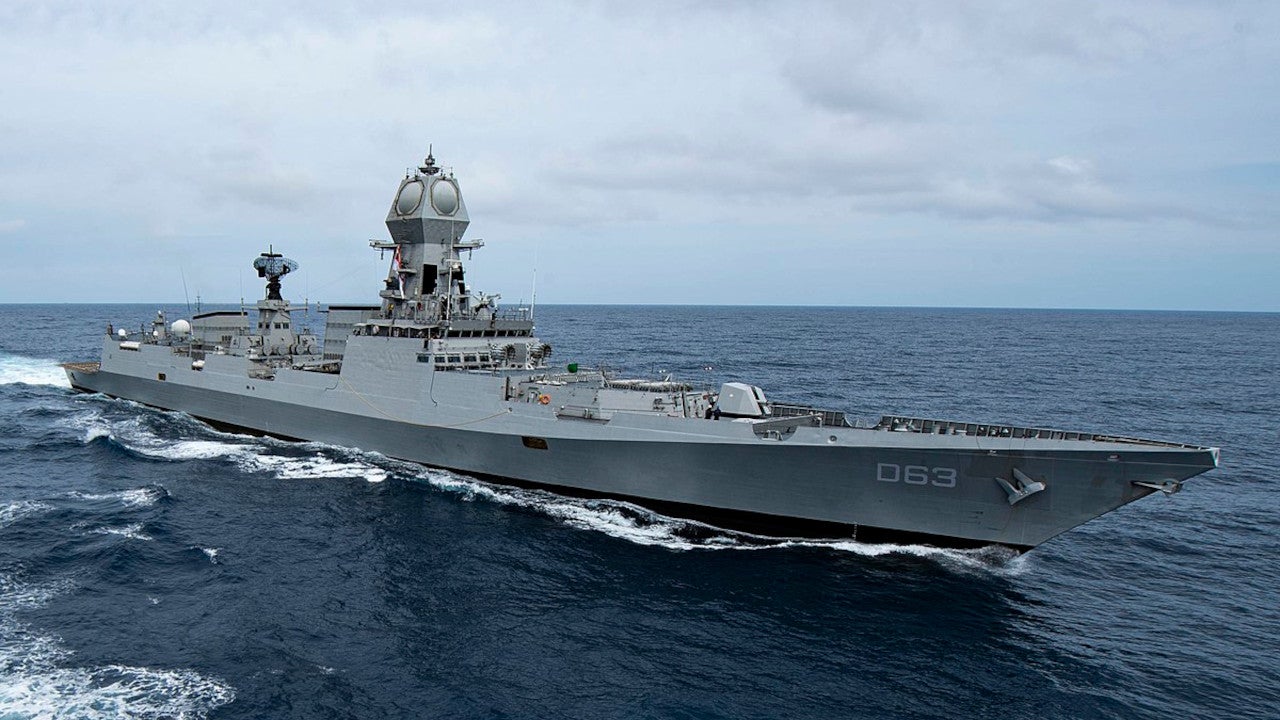
The Indian Navy is charting a course into the future by embracing Artificial Intelligence (AI) technology to enhance its ship systems, command and control infrastructure, and decision-making capabilities. AI has been recognized as a transformative force in naval operations worldwide, with the United States Navy’s Naval Research Laboratory establishing the Navy Center for Applied Research in Artificial Intelligence in 1981. The Indian Navy is now following suit, recognizing the immense potential of AI and Machine Learning (AI/ML) applications in modern naval warfare.
The integration of AI technologies into naval operations is centered around two primary areas: autonomous/unmanned systems and decision sciences. These technologies hold the promise of revolutionizing the way navies conduct missions, respond to threats, and enhance situational awareness.
Continue readingSOURCE: IDRW.ORG TEAM
The Kaveri derivative engine, known as the Dry Kaveri, is poised for another round of critical trials in Russia early next year. These upcoming trials are expected to represent the final phase of the engine’s development journey. GTRE (Gas Turbine Research Establishment) has ordered engine modules from Godrej Aerospace, which will be assembled and transported to Russia for a series of tests, including simulated high altitude trials and flight test bed assessments.
The primary purpose of the Kaveri Dry engine is to provide propulsion for India’s groundbreaking stealth unmanned combat aerial vehicle (UCAV) known as the Ghatak. The engine has already demonstrated its capabilities by successfully passing simulated high altitude tests in Russia. The next step involves integrating the Kaveri Dry engine into a specialized flying test bed (FTB), which is a modified Ilyushin (Il)-76 fixed-wing aircraft powered by four turbofan engines. During these trials, one of the Il-76’s four engines will be replaced with the Kaveri Dry engine.
Continue readingSOURCE: IDRW.ORG TEAM

On its recent Raising Day celebration, the Centre for Airborne Systems (CABS), located in Bengaluru and under the aegis of the Defense Research and Development Organisation (DRDO), marked the occasion with a significant event. Air Marshal Ashutosh Dixit, Deputy Chief of Air Staff, graced the event as the Chief Guest, and Shri MZ Siddique, Director General (Aero), added to the ceremony’s significance.
The event provided a platform to showcase the Research and Development efforts of CABS over the years and highlight the latest technological advancements. The Director of CABS presented an overview of the organization’s journey and ongoing initiatives. However, one image displayed in the background during the event’s proceedings drew attention and fueled speculation within the defense community.
Continue readingSOURCE: IDRW.ORG TEAM
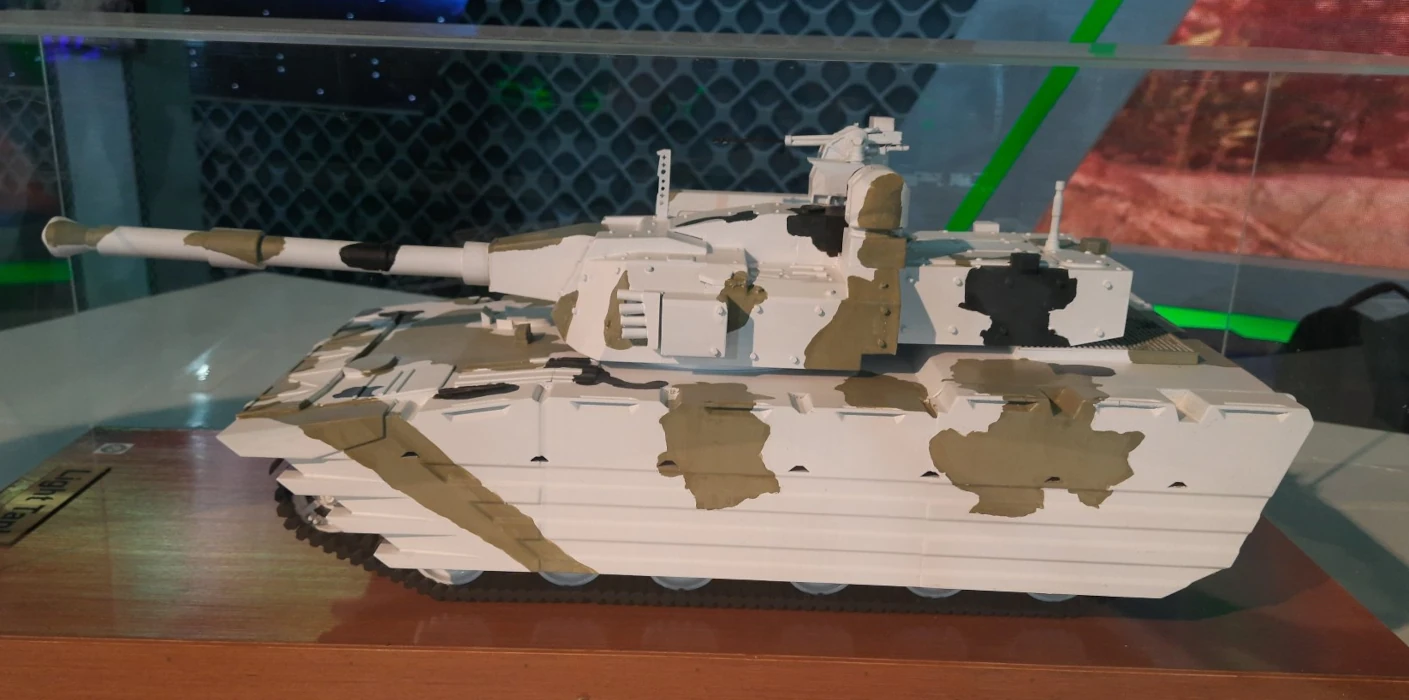
The Indian Army’s ambitious light tank project, known as “Project Zorawar,” has encountered delays in its rollout schedule due to challenges in procuring critical components from foreign sources. Initially slated for a mid-2023 debut, the first prototype is now expected to be unveiled in January of the following year.
Sources indicate that the delay primarily stems from the inability of certain foreign countries to supply essential components required for manufacturing these tanks. Notably, foreign-supplied electronic, electrical components, and engines are deemed critical for the successful execution of Project Zorawar. India has had to adapt its plans, shifting from the initially planned German MTU engine to American Cummins engines due to the unavailability of the former.
Continue readingSOURCE: IDRW.ORG TEAM
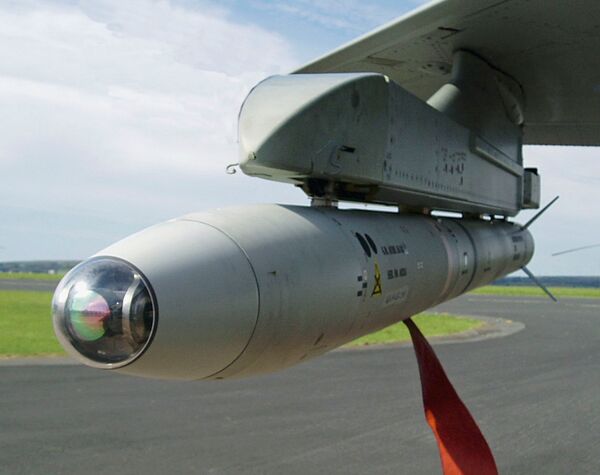
Bharat Dynamics Limited (BDL), one of India’s leading defense technology companies, is set to embark on the production of the Advanced Short Range Air-to-Air Missile (ASRAAM) Block 6, marking a significant milestone in India’s indigenous defense manufacturing capabilities. This ‘Made in India’ endeavor will take place at BDL’s Bhanoor unit in Telangana and will not only cater to domestic needs but also open doors to lucrative export opportunities.
The ASRAAM Block 6 missile system, initially selected by India under a USD 250 million contract announced in 2014, represents a pivotal advancement in India’s air defense arsenal. It is set to equip the Indian Air Force’s upgraded SEPECAT Jaguar fighter aircraft fleet. Within the Indian Air Force, this highly capable missile system is known as the New Generation Close Combat Missile (NGCCM). Furthermore, the ASRAAM is poised to be integrated into the Light Combat Aircraft (LCA) Tejas Mk1A, complementing existing Israeli Python-5 and Russian R-73M Within Visual Range Air-to-Air missiles.
Continue readingSOURCE: IDRW.ORG TEAM
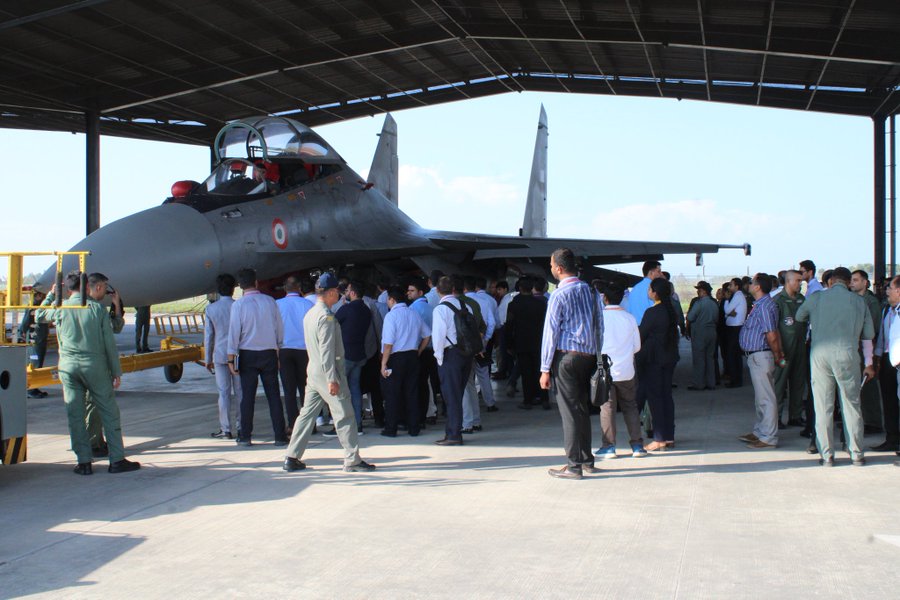
The Indian Air Force (IAF), in partnership with The Society of Indian Defence Manufacturers (SIDM) and Innovations for Defence Excellence (iDEX), recently organized an Industry Outreach Program for industry partners at Air Force Station (AF Stn) Bareilly. This initiative aimed to foster collaboration between the defense industry and the IAF, encouraging industry representatives to develop solutions that enhance operational capabilities.
During the program, industry representatives had the opportunity to gain insights into the operations conducted by the Indian Air Force. This firsthand exposure provided valuable context for understanding the specific needs and challenges faced by the IAF. It also served as an inspiration for industry leaders to explore innovative solutions that can address the requirements of the armed forces.
Continue readingSOURCE: IDRW.ORG TEAM

In a significant step towards strengthening maritime cooperation, a Brazilian Navy delegation, led by Admiral José Augusto Vieira da Cunha de Menezes, Chief of General Staff, paid a visit to New Delhi on September 5, 2023. During this visit, they met with Vice Admiral Sanjay J Singh, the Vice Chief of the Naval Staff of the Indian Navy.
The meeting marked a crucial development in the partnership between Brazil and India, both of which operate the French-developed Scorpène class of submarines. This article explores the potential for collaboration between the two countries in maintaining, upgrading, and enhancing the capabilities of their Scorpène submarine fleets.
Continue reading